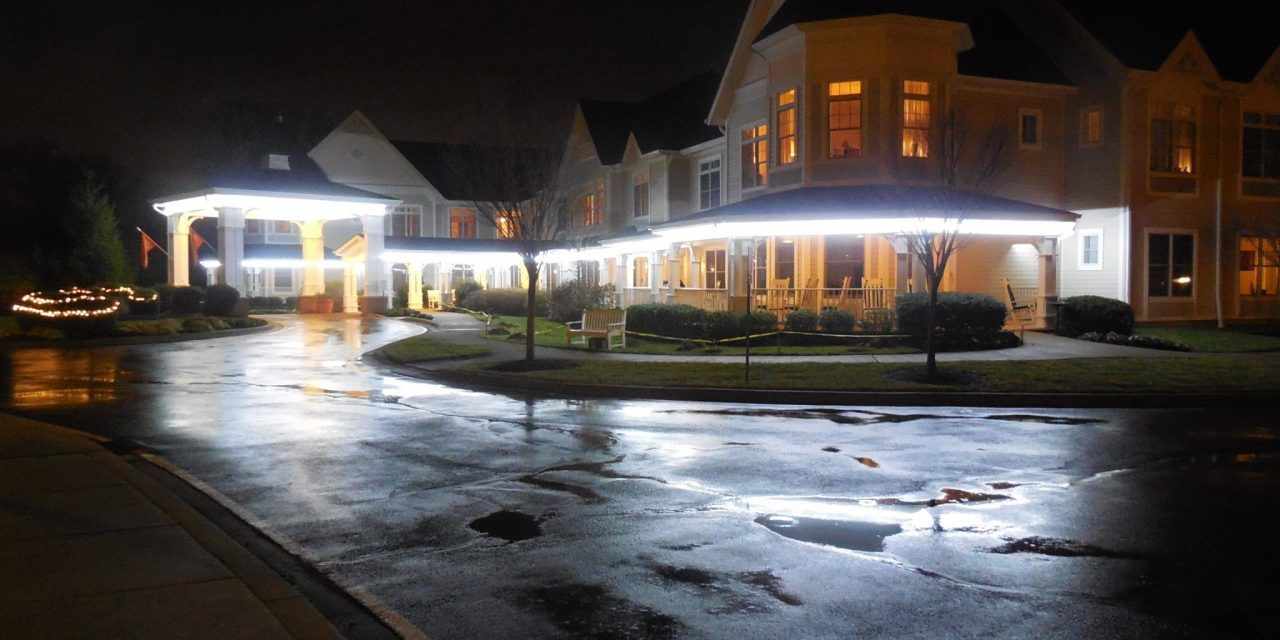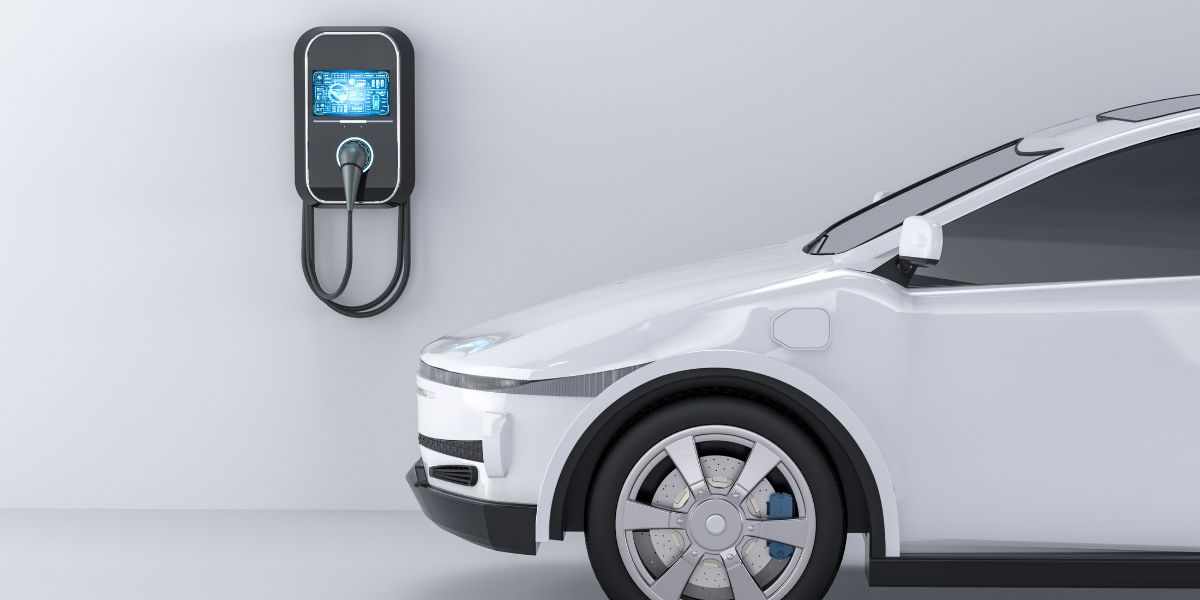As electric vehicles (EVs) become more common, many homeowners are considering the convenience of installing a home charging station. But before jumping into EV charger installation, it's important to understand how these systems impact your home’s electrical infrastructure—especially if you're planning an EV charger installation in Maryland, where many older homes may need electrical upgrades.
Increased Electrical Load
Installing an EV charging station adds a significant new electrical load to your home. Level 2 chargers, which are the most common for residential use, typically draw 30–50 amps. That’s similar to a central air conditioning unit or electric oven running for hours at a time.
What this means for you:
Your existing electrical panel may not have enough capacity to support the charger without tripping breakers or overloading circuits. A licensed electrician should assess whether your system can handle the load or if it needs an upgrade.
Potential Need for Panel Upgrades
Homes with outdated or lower-capacity electrical panels (e.g., 100 amps) may require an upgrade to support the EV charger safely. Many modern EVs charge faster with a 240V outlet, which may not be standard in older homes.
Tip: If you're planning an ev charger installation in Maryland, ask your installer whether your current panel is compatible. Upgrading to a 200-amp panel is often recommended to future-proof your home for more devices or energy demands.
Electrical Circuit Configuration
Installing an EV charger requires a dedicated circuit. This ensures that the charger doesn’t interfere with other appliances and reduces the risk of overloading your system.
What to consider:
Proper breaker sizing
Distance between panel and charger
Whether conduit or trenching is required (for outdoor installs)
An experienced electrician can design the setup for efficiency and safety.
Charging Speed and Energy Use
Depending on the charger’s amperage and the vehicle’s capabilities, charging times and electricity consumption will vary. Regular use of a Level 2 charger can noticeably increase your monthly energy bill—though it’s often cheaper than fueling a gas-powered vehicle.
Pro Tip: Consider charging during off-peak hours to save on energy costs. Some utilities in Maryland even offer special EV time-of-use rates.
Long-Term Electrical Health
An incorrectly installed EV charger can lead to tripped breakers, overheating wires, or even fire hazards. That’s why proper ev charger installation in Maryland isn’t just about plugging in—it's about aligning with building codes, utility regulations, and manufacturer specs.
Choose an installer who is licensed, insured, and familiar with local requirements. They should also pull permits and offer warranty support.
Final Thoughts
Installing a home EV charging station is a smart move for convenience and future-proofing your property. But it’s essential to understand the impact on your home’s electrical system and take steps to ensure it’s done safely and efficiently.
If you're considering ev charger installation in Maryland, work with a qualified electrician who can evaluate your current electrical setup, recommend necessary upgrades, and complete the installation to code.




Write a comment ...